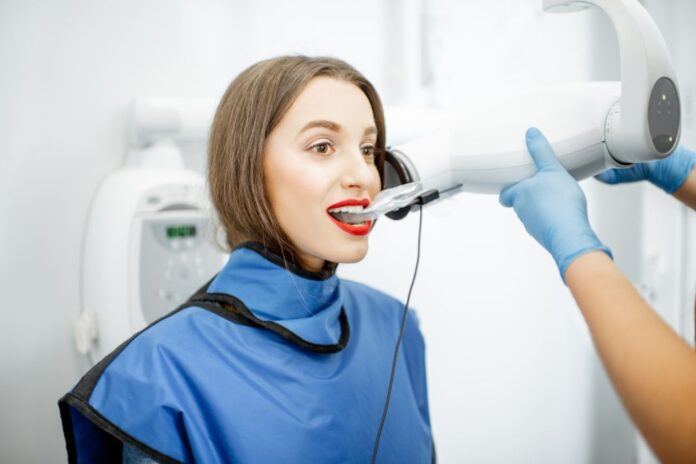In the world of medical imaging equipment manufacturing, ensuring patient safety is paramount. This article delves into the critical role of regulatory compliance in guaranteeing the safety and efficacy of medical imaging equipment, offering insights into the complex landscape that manufacturers must navigate to meet industry standards.
Understanding Regulatory Compliance
- FDA Regulations: Explore the rigorous regulatory framework established by the U.S. Food and Drug Administration (FDA) for medical imaging equipment. Learn how adherence to FDA guidelines is essential for market approval and patient safety.
- ISO Standards: Delve into the International Organization for Standardization (ISO) standards that govern medical devices. Understand how ISO 13485 certification is a hallmark of quality management systems in medical equipment manufacturing.
- CE Marking: Discover the significance of the CE mark for medical imaging equipment, indicating compliance with European Union regulations. Understand the implications for manufacturers aiming to distribute their products in the European market.
Challenges and Complexities
- Evolving Regulations: Explore the challenges posed by constantly evolving regulations and the need for manufacturers to stay up-to-date with the latest compliance requirements.
- Global Market Access: Understand the complexities of gaining market access in multiple countries, each with its own regulatory requirements and approval processes.
- Product Classification: Learn how the classification of medical imaging equipment, based on factors such as intended use and risk level, affects the regulatory pathway.
Ensuring Patient Safety
- Design and Development: Discover how a robust design and development process, coupled with risk management practices, ensures that medical imaging equipment meets safety and performance standards.
- Quality Management Systems: Explore the implementation of comprehensive quality management systems (QMS) to maintain consistency in manufacturing processes and product quality.
- Testing and Validation: Learn about the importance of rigorous testing and validation procedures to guarantee the safety and reliability of imaging equipment.
Future Trends in Regulatory Compliance
- Digital Health and Software as a Medical Device (SaMD): Understand how the rise of digital health technologies and SaMD pose new challenges and opportunities for regulatory compliance.
- Data Security and Privacy: Explore the increasing focus on data security and patient privacy in the context of medical imaging, especially in the era of interconnected healthcare systems.
- Regulatory Harmonization: Discover how efforts to harmonize regulations across different regions aim to streamline compliance processes for manufacturers.
Conclusion
In the realm of medical imaging equipment manufacturing, regulatory compliance is the linchpin of patient safety. Navigating the complex web of regulations, staying attuned to evolving standards, and ensuring adherence to quality management systems are non-negotiables. By embracing these principles and anticipating future trends, manufacturers can continue to innovate and contribute to the advancement of healthcare technology while safeguarding the well-being of patients worldwide.








